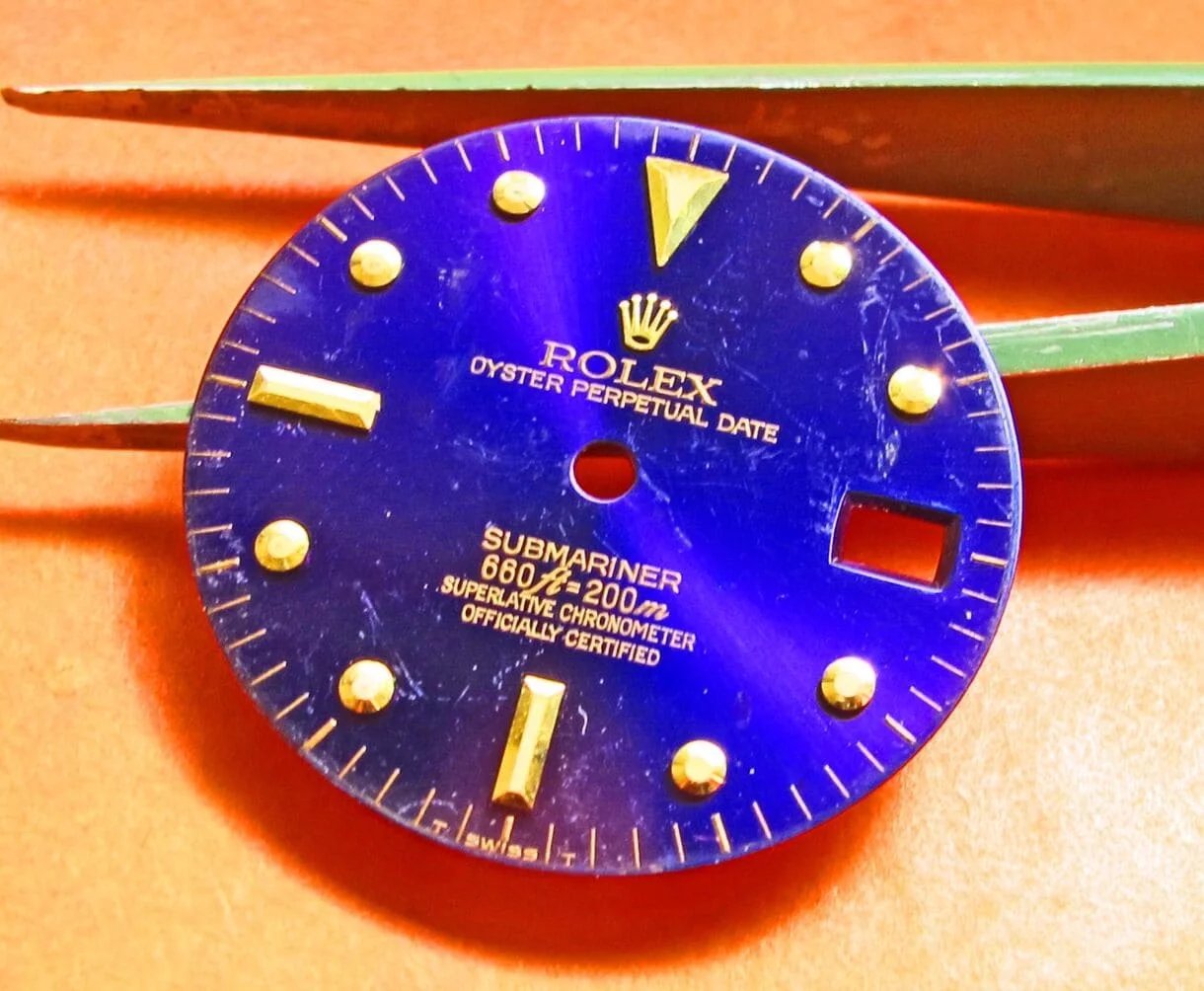Key Takeaways
Heart rate measurement is a vital feature in modern watches. These devices use photoplethysmography (PPG) technology to measure heart rates. PPG uses light to detect blood volume changes in your microvascular bed. Heart rate measurements from watches can provide valuable information about your overall health.
Understanding Heart Rate Measurements
Measuring heart rate involves counting the number of times your heart beats in a minute. In the medical field, it is used as an indicator of a person’s health condition. The normal heart rate for adults is typically between 60 and 100 beats per minute. Today, many smartwatches and fitness trackers come with built-in heart rate monitors, making it easy for people to track their heart rates during workouts or in daily life.
How Watches Measure Heart Rate
Photoplethysmography (PPG)
Modern watches use a technology called photoplethysmography (PPG) to measure heart rate. PPG is a non-invasive method that uses a light source and a photodetector at the skin surface to measure the volumetric variations of blood circulation. Simply put, it uses light to measure your heart rate.
How PPG Works
The PPG sensor in your watch shines light onto your skin and measures the amount of light that bounces back. Since blood absorbs more light than the rest of your body, the sensor can detect every time a large amount of blood flows through your wrist, which happens every time your heart beats. The more times your heart beats in a minute, the more light is absorbed, and the higher your heart rate reading will be.
Accuracy of Watches in Measuring Heart Rate
While watches using PPG technology can provide a good estimate of heart rate, they may not always be 100% accurate. The accuracy can be affected by various factors such as the tightness of the watch on your wrist, the watch’s position, and the level of physical activity. However, today’s advanced watches have improved their sensors and algorithms to provide more accurate heart rate measurements.
FAQs
How do watches measure heart rate?
Watches measure heart rate using a technology called photoplethysmography (PPG). The PPG sensor in the watch shines light onto your skin and measures the amount of light that bounces back. The sensor can detect every time a large amount of blood flows through your wrist, which happens every time your heart beats.
Are watches accurate in measuring heart rate?
While watches using PPG technology can provide a good estimate of heart rate, they may not always be 100% accurate. The accuracy can be affected by various factors such as the tightness of the watch on your wrist, the watch’s position, and the level of physical activity. However, today’s advanced watches have improved their sensors and algorithms to provide more accurate heart rate measurements.
What is a normal heart rate?
The normal heart rate for adults is typically between 60 and 100 beats per minute. However, this can vary depending on factors like age, fitness level, and health condition.






